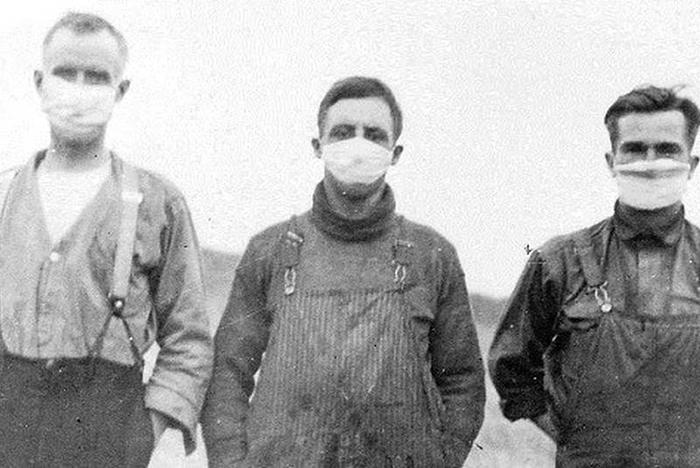
(Image courtesy Library and Archives Canada)
By Pam Wright, Local Journalism Initiative
With COVID-19 changing life as we know it, Canadians are looking in the rear-view mirror, calling 2020 the “year like no other.”
However, it’s the not the first time a worldwide pandemic has threatened the population.
Back in 1918 – as the horrors of the First World War drew to a close – winter loomed dark and deep for the people of Kent County.
Military records indicate at least 372 area soldiers – many still boys – were lost on the frontlines of a deadly four-year conflict fighting German forces.
But then a new enemy arrived.
A lethal H1N1 influenza A strain virus – dubbed the Spanish Flu – a claimed its first local victims as summer turned to fall 102 years ago.
The out-of-control contagion – no one is positive as to its origins – was brought home to Canada by soldiers returning from the trenches of Europe.
Virtually no lives were untouched by the illness. Sometimes, entire families died.
The Spanish Flu proved to be especially deadly to young Canadians in their prime, hitting those between the ages of 20 and 40 extra hard.
The virus spread like wildfire with some people dying within 24 hours of being infected.
Europe’s brutal four-year “The War to End All Wars” had finally concluded, but not before taking the lives of between 55,000 and 60,000 Canadians.
Then, the Spanish Flu claimed an additional 60,000 Canadians.
At the time, Canada’s population was only 8.5 million.
The Spanish Flu isn’t Spanish at all, and scientists were never able to pinpoint its origin. The virus got its name because Spain was a neutral country during the war and the press there was free to openly report on the illness as it swept through the population.
Elsewhere, government and military leaders blocked journalists from reporting on the pandemic, as either side were said to fear loss of morale or giving the enemy an advantage.
According to the Centre for Disease Control and Prevention in the United States, the Spanish Flu had three waves. The first was in the spring of 1918, the second was the fall of 1918 and the third was the winter of 1918.
Most deaths came in the second wave.
An estimated 50 to 100 million people died worldwide, with one third of the world’s population being affected.
The Spanish Flu felled more people than all of the military casualties of the war combined.
In Canada, one good thing did come out of the pandemic.
Due to being unprepared, the country had had a reactionary and haphazard approach to dealing with the pandemic.
It’s reported many people were afraid and confused, unsure of how to deal with the frightening illness.
As a result Ottawa formed a federal department of public health which began co-ordinating public health measure with the provinces and large metropolitan areas, leading to the public health agencies we have today.
- The Thamesville Herald






